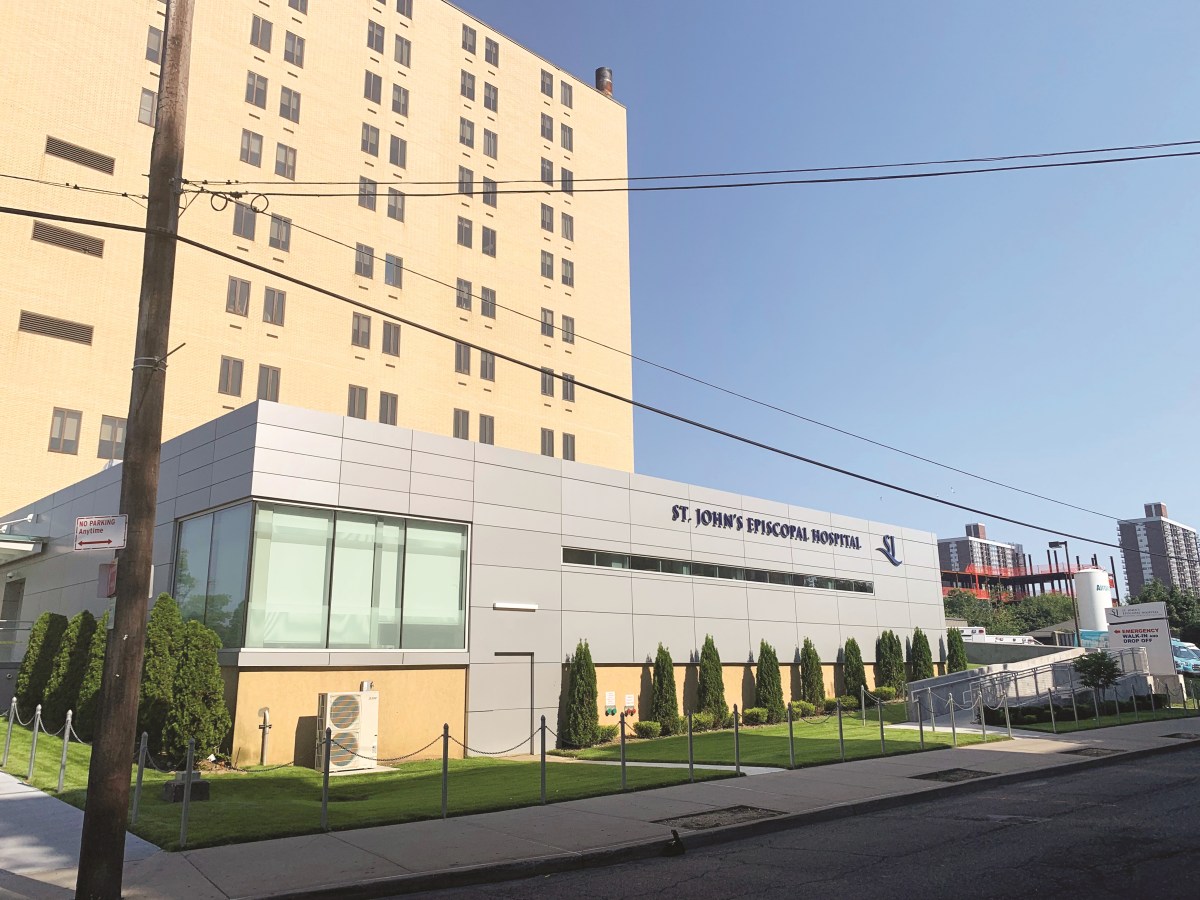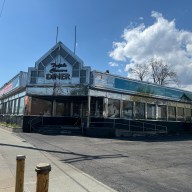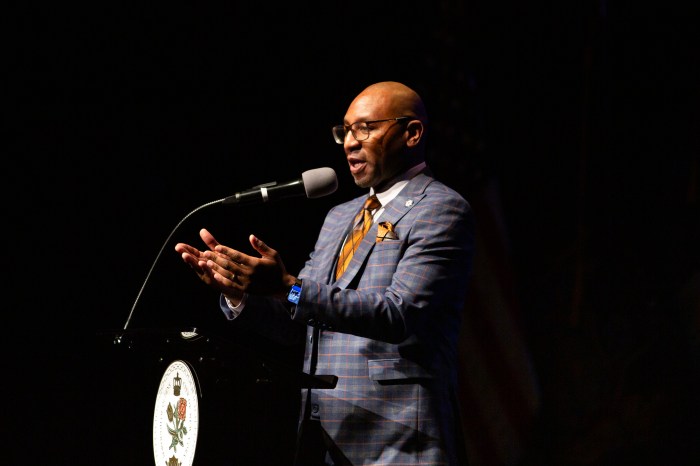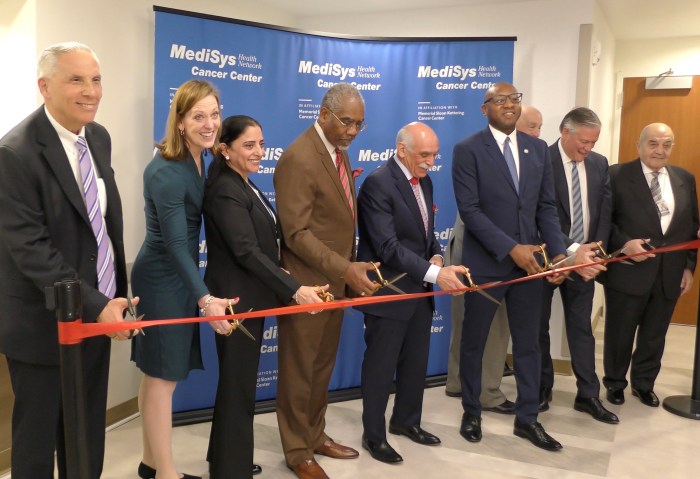At the beginning of March, St. John’s Episcopal Hospital in the Rockaways admitted the first Queens resident with coronavirus to its facility. Since then, the number of cases in the borough has grown to approximately 4,667, according to city data.
In an effort to aid in fighting the virus (COVID-19), the hospital staff has stepped up its health and safety protocol in the weeks since the borough’s first case.
“The hospital has really been following the Department of Health and the CDC’s best practices to make sure that we are prepared, not just within the community but also within the institution itself,” said Dr. Donald Morrish, chief medical officer at SJEH.
Morrish said that since admitting the patient, an Uber driver in his 30s, the hospital had a “very successful outcome” and the patient has since been discharged.
“The patient was treated successfully and we’re having successful treatment of all patients who are coming in so far to date,” he said.
Enhanced Hospital Protocol
Morrish said that the hospital is “fully staffed” and “functioning as community hospital would” with a fully functioning emergency department, specialists, nurses and ambulatory clinics on site.
“What we’re doing right now is following infection control and prevention and training our healthcare professional within the organization on what COVID is and what it isn’t,” said Morrish.
Once the hospital works on “rapidly identifying and isolating patients” who are confirmed or suspected of having the virus, Morrish said that staff is mindful to place patients in the proper areas of the institution to ensure they receive the highest level of care.
“The emergency department is opened as it normally would be but we’ve limited entry into the hospital. We only have one entrance into the hospital. When folks come in, we’re screening them, we’re asking them questions just to determine if they may be at risk,” added Thomas Melillo, the hospital’s director of marketing and strategic planning.
Hospital staff promotes frequent and proper hand hygiene for staff and visitors, increased cleaning of “high-touch points” and monitoring who gets access to the facility.
In addition, the hospital has partnered with federally qualified health centers in the community as well as religious organization to get the word out about best practices to screen appropriate patients and treatment for those who need it.
Following Guidelines and Testing
According to DOH and CDC guidelines, patients who feel symptoms of the virus, including a fever of over 100.4 degrees Fahrenheit with a cough and difficulty breathing should contact their primary care physician by phone before visiting in person.
“Running to your emergency room, running to your doctor’s office might be a disservice to yourself as well as others,” Morrish said. “If symptoms progress to a point that is extremely worrisome, then you should make a phone call to your healthcare provider and then only as a last measure, report to an emergency room.”
He added: “We don’t have a shortage [of tests] at this point in time but we’re being very judicious in following guidelines to test the appropriate patient population that needs to be tested.”
The guidelines include triaging patients to determine whether or not they need to be tested. Morrish said that those who will be tested at SJEH include:
- Individuals with a fever or lower-tract respiratory disease who was in contact with a known coronavirus patient;
- Those with symptoms who have traveled from a “geographic area of community transmission”;
- Healthcare workers or others who have been quarantined due to the coronavirus and develop symptoms;
- An individual with a fever or lower-respiratory infection after influenza and other causes have been ruled out.
“Any other possible suspected cases where we were not particularly sure, we would side on overtesting the patient just to make sure that not only is the patient not transmitting but also so the patient has somewhat of a peace of mind going back to their environment,” said Morrish.
Open to All
Despite its new focus on coronavirus treatment, the hospital wants the public to know it is still here to serve its other patients as well.
“We’re fully open. We’re not just treating folks who think they might have symptoms of COVID-19. Folks who come in for any other thing like physical therapy, can still come in. We have safety measures put in place for staff and also for the public and patients coming in,” said Melillo.

































